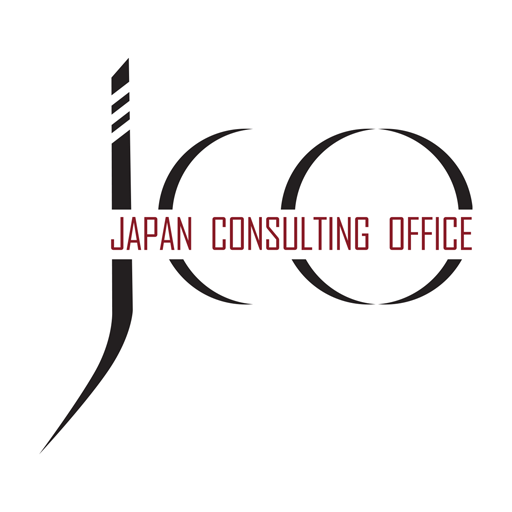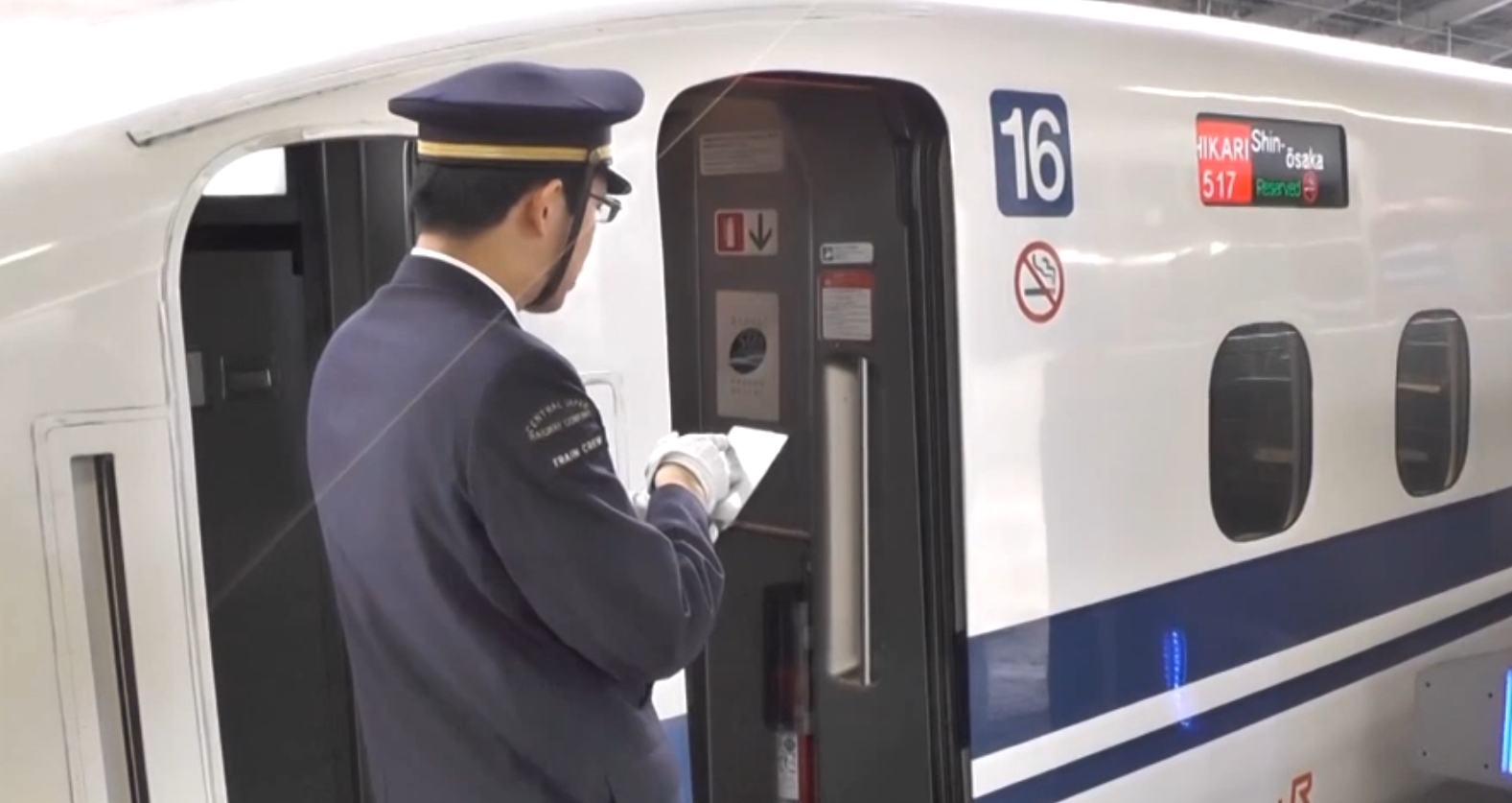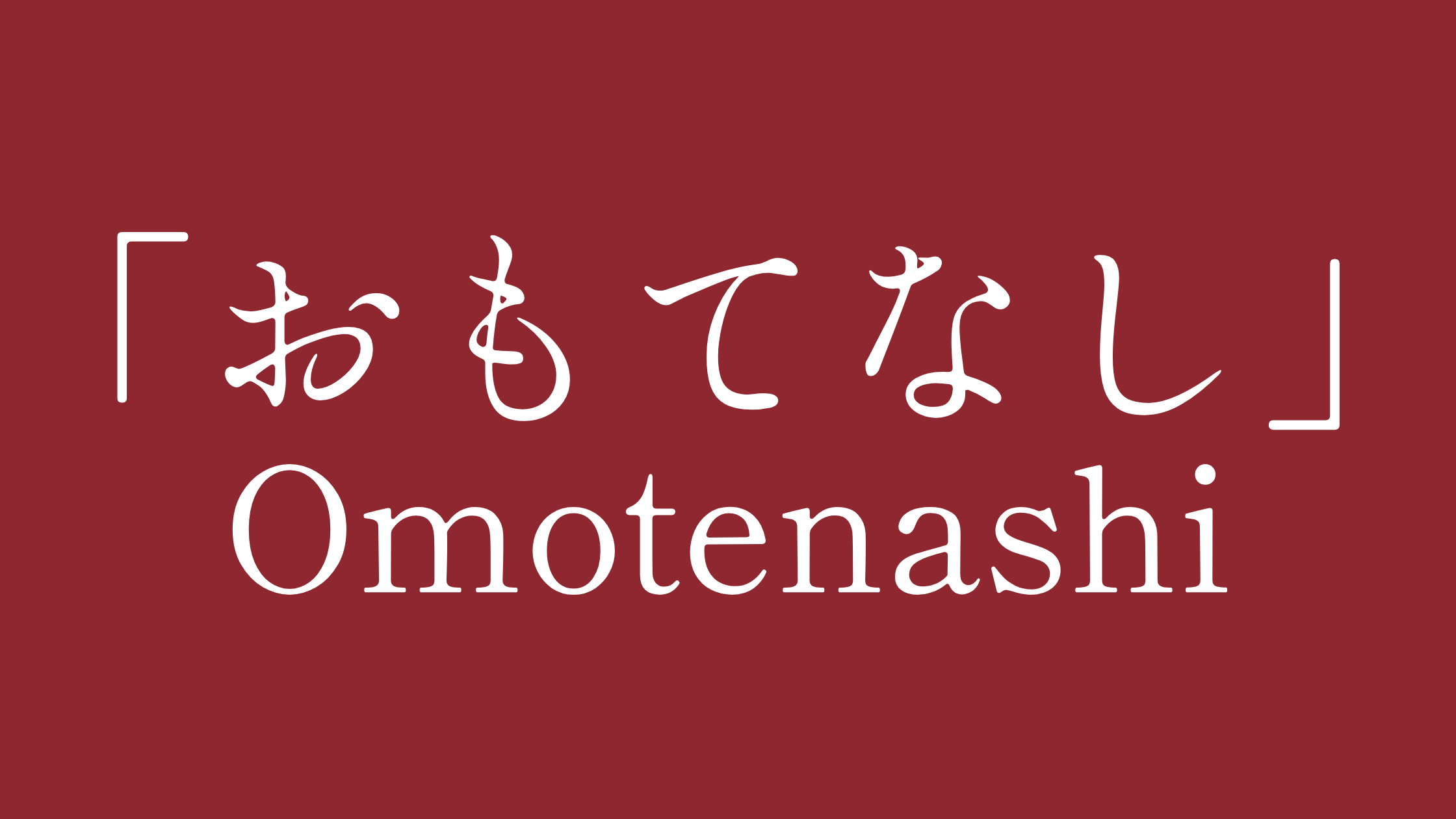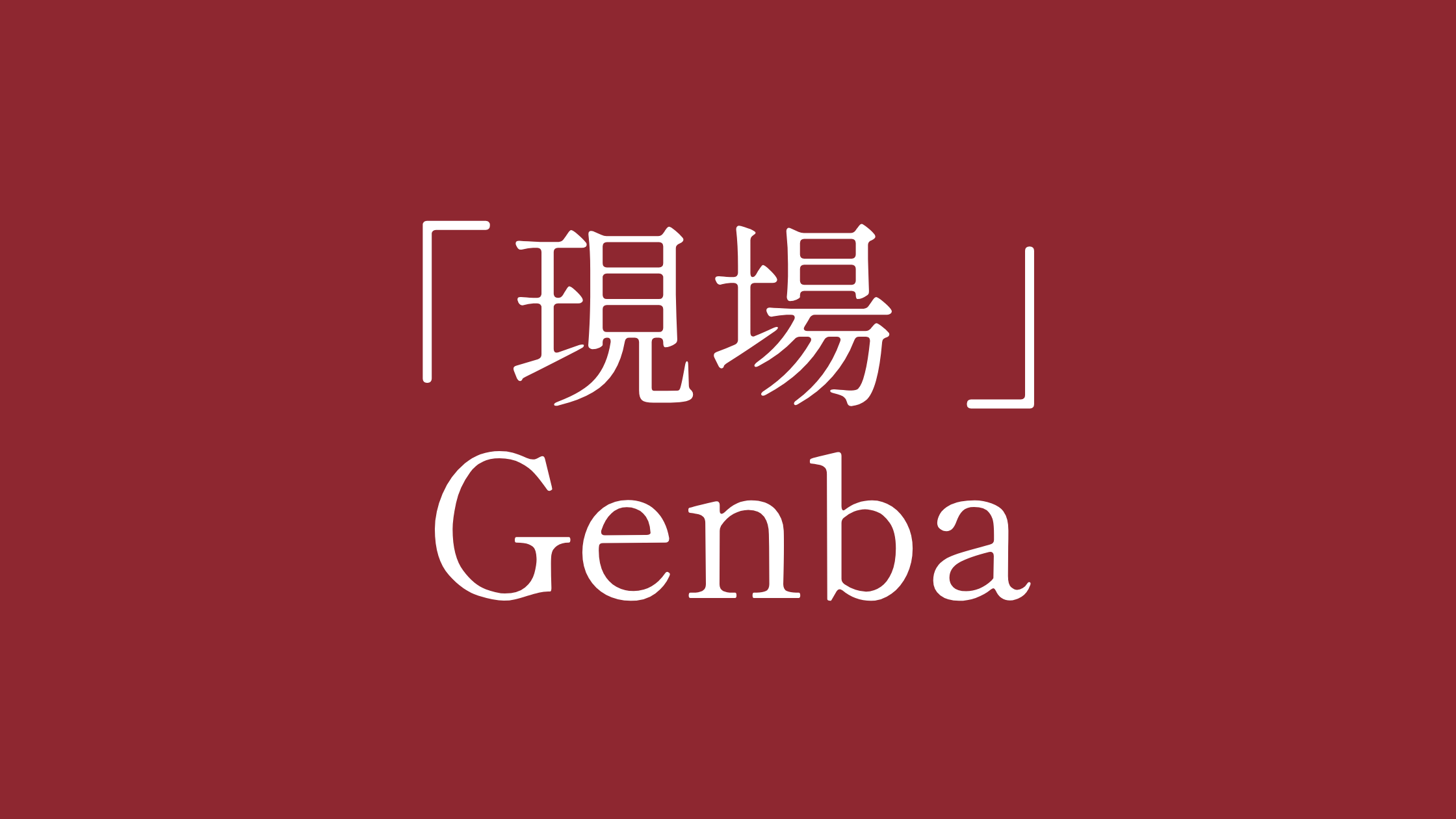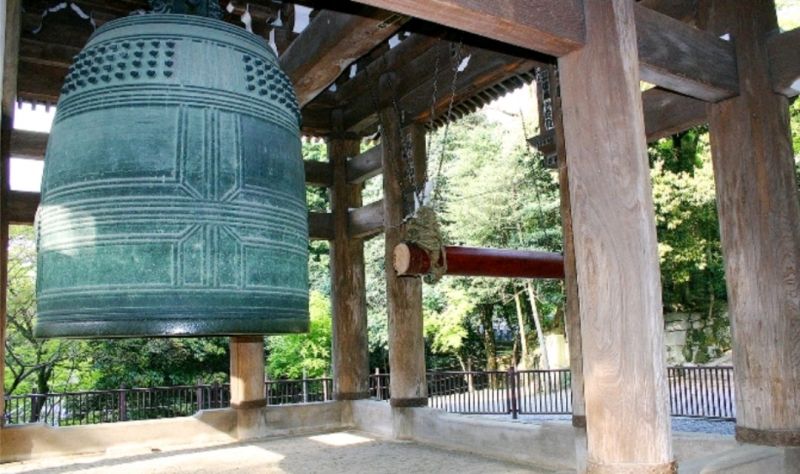
With the year coming to a close, we would like to use this opportunity to talk about some of the important Japanese customs that come with transitioning over to the new year.
On the evening of the 31st many families will go to a Shinto shrine, or even Buddhist temple, for hatsumōde, the first temple visit of the year (Most people go on January 1st, but some might want to avoid large queues and therefore choose to either go around midnight or after January 1st).
Japanese tend to pick a shrine that is in line with what they want to pray for. Be it success in love, a good health, a strong career, …
At midnight on December 31, Buddhist temples all over Japan ring their bells a total of 108 times. According to Buddhism there are a total of 108 different sins, and so the bell is rung to combat that and help Japanese achieve enlightenment.
On the 1st, the family will gather to enjoy traditional New Year food such as osechi ryōri, a set of sweet, sour, or dried foods usually only served during New Year, a soup of mochi (rice cake), or toshikoshi soba (literally: “Year-passing noodles”) to name a few. This soba dish symbolizes both longevity (because of the long noodles) and the passing of the year (hence its name toshikoshi).
Typically, Japanese will send a card or an e-mail to their friends or colleagues. Or the first time they see colleagues in the office they will say: “Akemashite omedetō gozaimasu. Kotoshi mo yoroshiku onegai shimasu” which means “Happy New Year! I look forward to working with you again this year!”
So, make sure to send out an e-mail to your Japanese colleagues or partners and wish them a Happy New Year. Or tell them verbally if you see them in the office. You have until January 15th to do that.They will most certainly appreciate it!
Stay tuned for the next blog post where we will explain the meaning of yoroshiku onegai shimasu and why you should remember it.
